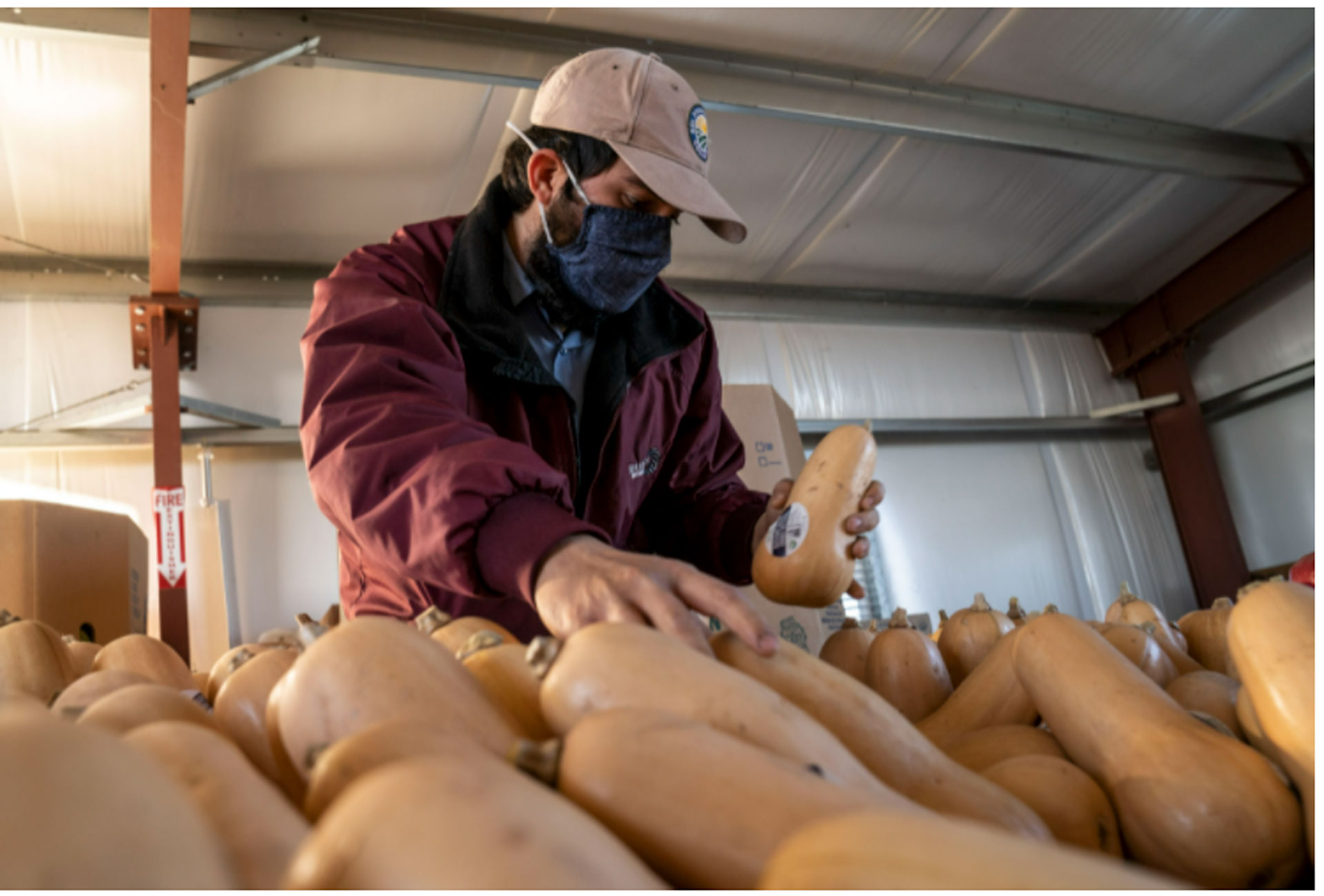
As 2021 rapidly comes to an end, it has become quite apparent in recent months that COVID-19 will continue to be a part of our lives as we march into 2022. Cal/OSHA also appears to agree with this assessment as they are preparing to create a permanent standard for COVID-19.
This new permanent standard would most likely be adopted in spring 2022 by the Cal/OSHA Standards Board. In this article, we discuss elements of the proposed permanent standard and the differences between it and the current Emergency Temporary Standard (ETS).
This September, the Cal/OSHA Standards Board convened a virtual advisory committee meeting to review the language of a proposed permanent standard. The public was also given an opportunity to view the meeting and submit written comments before the board begins the process of finalizing the standard. Although this standard is labeled as a permanent, it has built in a sunset clause which is currently set to expire after two years.
Proposed Changes
One of the biggest changes to the proposed regulation was the official incorporation of California Department of Public Heath (CDPH) guidance. This had been a point of contention with the current ETS because the standard was unable stay current with actual fluctuations of COVID-19 transmission. The incorporation of CDPH guidance is intended to add flexibility to the standard because, as we have learned, a one-size-fits-all regulation does not work when you are operating during the time of a global pandemic.
Under the proposed permanent standard, employers would no longer need to have a separate COVID-19 Prevention Program. Employers will need to address COVID-19 prevention methods through their existing Injury and Illness Prevention Plan and COVID-19 would be officially included as a workplace hazard. Therefore, employers would continue to follow their current practices of assessing and mitigating COVID-19 hazards in their workplace, provide training to employees, investigate cases and report to the appropriate regulatory agencies when required.
Another change between the ETS and proposed permanent standard involves vaccination reporting. When verifying vaccination status, employers under the ETS could choose to have employees self-attest or require employees to provide a vaccination record. As currently written, the permanent standard would eliminate the option for employees to self-attest and only vaccinations records (digital or in print) would be an acceptable form of proof. Across industries, we are hearing that this could create issues for employers for a couple of reasons, which may include employees that may be unable to locate the vaccination documentation and the added administrative burden of company representatives to ask employees that have already provided self-attestation to now produce a document and tracking such information, including timeframes that must now be provided along with policies to address non-compliance.
Testing under the proposed permanent standard would also be altered for those who have had close contact with someone who tested positive for COVID-19. Under the current ETS, those who have had close contact but have been vaccinated would not have to test (close contact is defined as being within six feet of a COVID-19 case for a cumulative total of 15 minutes or greater in any 24-hour period within or overlapping with the “infectious period”, regardless of the use of face coverings.) However, the proposed permanent standards would require all people who have had close contact to be tested regardless of vaccination status.
And finally, there are currently no provisions for exclusion pay in this version of the proposed permanent standard. Cal/OSHA has stated exclusion pay would be left for the Legislature to address on a permanent basis. As a reminder, the 80 hours of Supplement Paid Sick Leave expired on September 30, 2021. However, it is imperative to note that employees must still be provided with information about legally mandated sick and vaccination leave, and, if applicable, workers’ compensation law, local governmental requirements, the employer’s own leave policies and leave guaranteed by contracts. These benefits should be discussed during your employee training and if an employee must quarantine.
These were just a few of the changes that have been proposed in the permanent standard. To review the proposed language or to watch the advisory committee meeting, please visit the Department of Industrial Relations website at dir.ca.gov/dosh/doshreg/covid-19-emergency-standards/ and select the Sept. 23, 2021 Advisory Committee Meeting.
In the meantime, it is imperative that businesses continue to follow the current COVID-19 ETS. Ensure you have a COVID-19 Prevention Plan and your employees are continuing to receive regular training. Additionally, it is critical that you continue to perform daily health screenings to ensure employees are free of COVID symptoms prior to beginning their shift. If you need assistance with developing our COVID-19 Prevention Plan, providing training tools to your employees, or have specific questions regarding this topic, please contact AgSafe at 209-526-4400 or email safeinfo@agsafe.org. Additionally, AgSafe, in partnership with Western Center for Agricultural Heath and Safety, has several free resources available at agsafe.org or aghealth.ucdavis.edu.
AgSafe is a 501c3 nonprofit providing training, education, outreach and tools in the areas of safety, labor relations, pesticide compliance and human resources for the agricultural community. Since 1991, AgSafe has educated over 100,000 employers, supervisors and workers about these critical issues.















